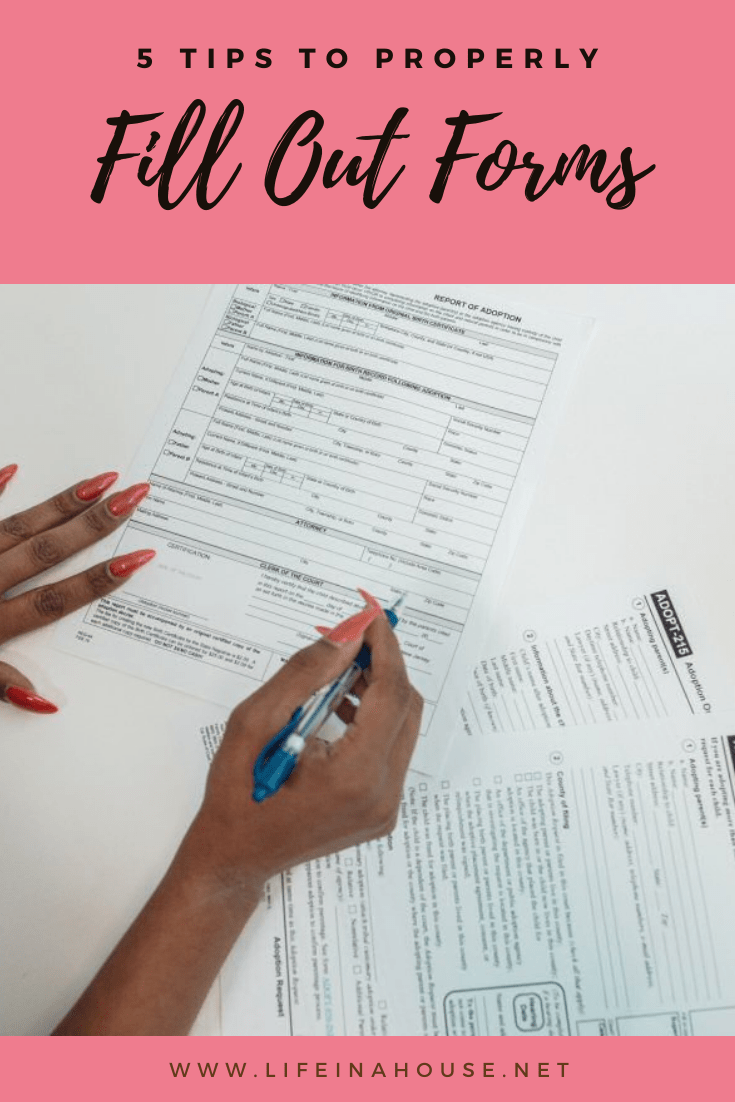Filling forms is a tedious yet necessary part of life. Forms are required for all kinds of things. Still, most importantly, official documentation such as driving licenses and passports rely on accurate information. Additionally, misuse or false data will result in fines or jail time. Therefore, practice and entering correct details are required to correctly fill out official forms.
Always Read the Entire Form First
Many people simply begin a form without first reading through it. They then find they have filled a section they didn’t need to or entered information in the wrong area. It is, therefore, necessary to read through a form multiple times. Hence, you know exactly what info to enter and where. For example, some forms like passports or SF 95 forms require you to enter information about someone else, such as your partner. But it isn’t uncommon for people to put their data in the “other person” section instead. So save yourself a trip for another form by examining it first.
Practice Your Information on Paper
Further to reading through, it is always a good idea to practice writing your form data before filling it. There are many benefits to this, such as ensuring you know the exact information, where it should be entered, and even practicing your writing. In a world of digital technology, you probably write less than you did ten years ago. And handwriting can degrade if not practiced. A practice form will help with this. In addition, some records are read by AI and require specific lettering in some places and could be rejected if the information isn’t clear.
Read Instructions Carefully
When filling out any form, especially an official one, you should always read instructions carefully. Some documents require specific criteria and methods of entering data. For example, an insurance firm might want you to enter data employee ID in all capitals with a black ink rollerball pen. This is so any OCR, and AI machines can read the information on your form. Also, it isn’t uncommon for large sections of papers to be inapplicable to your situation. Yet you may miss that and unnecessarily fill out sections you don’t need to, wasting your time.
Check Supporting Documents
Most official forms require supporting documents. Supporting documents are typically used to verify your identification or backup information you entered. Some might also be used as an end result following a successful application. Such as your photograph for your driver’s license, for example. Other supporting documents like your birth certificate are sensitive and/or personal. Therefore you should be careful about sending them. So, unless specifically requested, send photocopies rather than original documents that could get lost and are expensive to replace.
Do Not Lie
Until last, this has been left, but it is probably the most important. Never lie on your official forms. All data and official documents are subject to checking and probably will be. Passports, driving licenses, marriage certificates, or visas are perfect examples of essential documents. Lying on any of these could result in fines and possible jail time. Further, you could have certain rights revoked, and any future possibilities might be damaged. For example, lying on a visa will almost certainly get you banned from entering the country for a set period.






